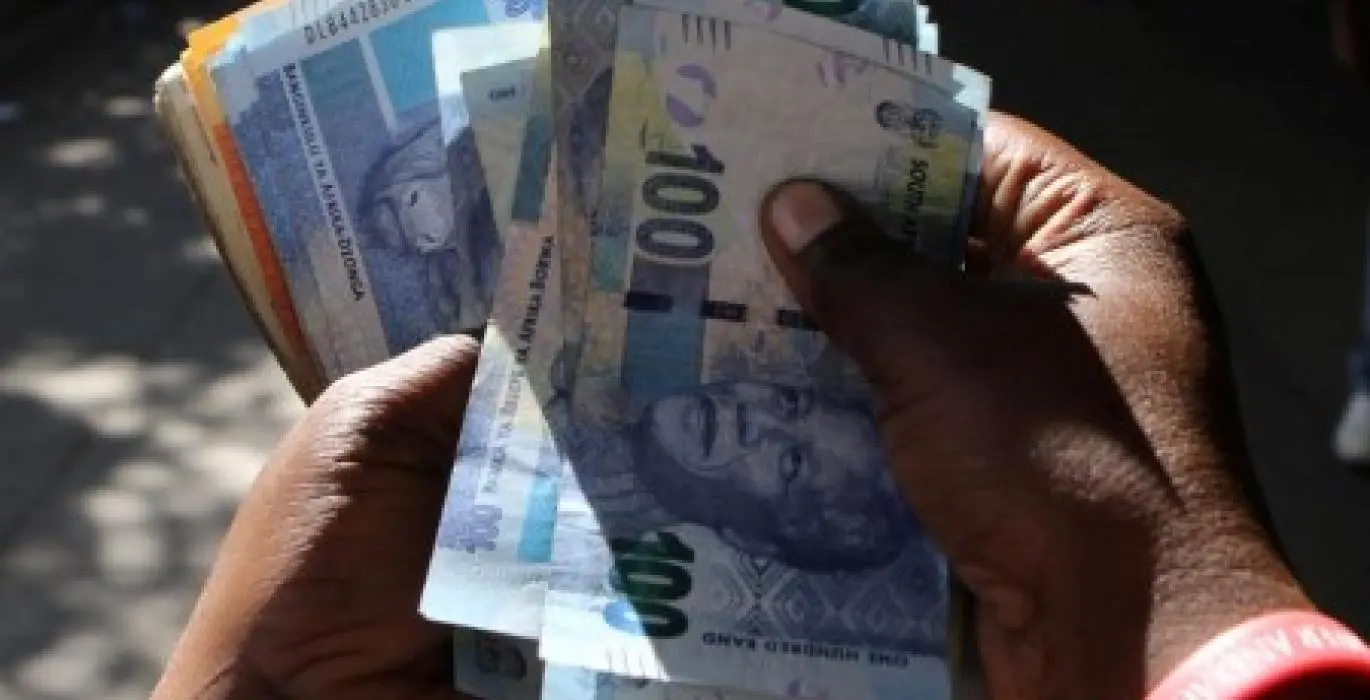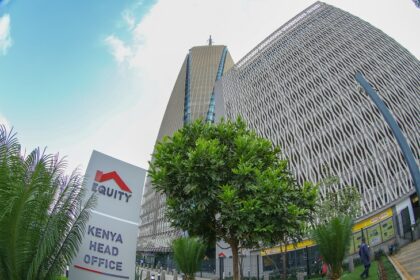At a Glance
- South Africa, Egypt, Algeria, Nigeria, and Morocco remain Africa’s largest economies by nominal GDP.
- Resource-rich producers and service-driven hubs highlight the sharp contrasts shaping Africa’s 2025 economy.
- Growth drivers include energy, tourism, services, manufacturing, while risks span debt, politics, and climate.
Africa’s economic landscape in 2025 is defined by sharp contrasts. Some countries are home to exporters with global reach, while others are smaller but expanding quickly.
Resource-rich producers stand alongside service-driven hubs, and together, the top 20 economies account for the bulk of the continent’s output, investment and trade.
These economies shape the jobs and industries that matter most for the region’s future. According to the latest International Monetary Fund data, South Africa, Egypt, Algeria, Nigeria and Morocco remain Africa’s largest economies.
Their growth, however, does not move in the same direction. Energy-linked rebounds, steady gains in services, and manufacturing are all part of the picture.
Near-term performance depends on commodity prices, the return of tourism, political stability and whether reforms take root.
Longer-term opportunities rest on deeper regional integration under the African Continental Free Trade Area, rapid urbanisation, wider digital adoption and Africa’s young workforce.
Yet the risks are equally pressing: debt pressures, climate shocks, political tensions and weaker global demand.
Below is a closer look at the continent’s 20 biggest economies in 2025 as profiled by Shore Africa, measured by nominal GDP, along with the main drivers of growth and the hurdles each faces.
1. South Africa — $410.34 billion
Drivers: Mining, manufacturing, finance, retail, tourism.
Outlook: Persistent power shortages, high unemployment and weak investment weigh on growth. Energy reforms and stronger mining activity could improve prospects.
2. Egypt — $347.34 billion
Drivers: Tourism, Suez Canal, agriculture, manufacturing, services.
Outlook: Fiscal reforms and infrastructure projects support stability. Inflation and currency weakness remain difficult to manage.
3. Algeria — $268.89 billion
Drivers: Oil and gas, public investment, limited industry.
Outlook: Growth still depends on energy markets. New gas infrastructure helps, but more private sector openness is needed.
4. Nigeria — $188.27 billion
Drivers: Oil and gas, agriculture, services, telecoms.
Outlook: Reliance on oil and foreign exchange shortages continue to limit growth. Tax, power and transport reforms could unlock broader progress.
5. Morocco — $165.84 billion
Drivers: Autos, aerospace, phosphates, tourism, agriculture.
Outlook: Integration into global supply chains supports expansion. Climate risks and fiscal pressures remain concerns.
6. Kenya — $131.67 billion
Drivers: Finance, agriculture, ICT, logistics, tourism.
Outlook: Technology and services provide resilience, but debt servicing and politics are risks. IMF support and fiscal discipline are crucial.
7. Ethiopia — $117.46 billion
Drivers: Agriculture, services, industrial parks, infrastructure.
Outlook: Urbanisation and a young workforce fuel growth. Political stability and climate resilience will determine if it holds.
8. Angola — $113.34 billion
Drivers: Oil, gas, mining, reconstruction.
Outlook: Oil price swings dominate. Diversification into gas and agriculture could bring stability if governance improves.
9. Côte d’Ivoire — $94.48 billion
Drivers: Cocoa, services, construction, transport.
Outlook: Strong agribusiness and investment support growth. Job creation and stability remain priorities.
10. Ghana — $88.33 billion
Drivers: Cocoa, gold, oil, services, digital economy.
Outlook: Debt and commodity dependence complicate policy. Better revenue mobilisation and private investment are needed.
11. Tanzania — $85.98 billion
Drivers: Agriculture, tourism, gas, mining, infrastructure.
Outlook: Gas projects and tourism help growth, but governance and fiscal transparency are challenges.
12. Democratic Republic of Congo — $79.12 billion
Drivers: Copper, cobalt, diamonds, timber, agriculture.
Outlook: Mineral wealth is vast, but infrastructure and governance weaknesses hold the country back.
13. Uganda — $64.28 billion
Drivers: Agriculture, ICT, services, oil.
Outlook: Oil and regional trade offer upside. Infrastructure investment and inclusive policies will be key.
14. Tunisia — $56.29 billion
Drivers: Tourism, agriculture, textiles, industry, services.
Outlook: Fiscal strain and political uncertainty weigh heavily. Reviving tourism and pursuing reforms are essential.
15. Cameroon — $56.01 billion
Drivers: Cocoa, oil, timber, services.
Outlook: Logistics and energy investment could lift growth, but insecurity and governance remain obstacles.
16. Libya — $47.48 billion
Drivers: Oil dominates, with small services sector.
Outlook: GDP swings with oil output. A lasting recovery depends on political stability.
17. Zimbabwe — $38.17 billion
Drivers: Agriculture, mining, services.
Outlook: Policy instability and inflation deter investors. A stable environment could revive mining and farming.
18. Senegal — $34.73 billion
Drivers: Mining, construction, agriculture, fisheries, services.
Outlook: Oil and gas projects improve the outlook. Debt management and project execution will be critical.
19. Sudan — $31.51 billion
Drivers: Agriculture, livestock, limited oil, mining.
Outlook: Conflict and fragmented revenues hold back growth. Peace and reform are needed for a turnaround.
20. Zambia — $28.91 billion
Drivers: Copper, agriculture, services.
Outlook: Copper prices and debt restructuring will shape fiscal space. Diversification is essential.















